Dorking, From The Nower 1936
Photo ref:
87311


More about this scene
he downs are mostly of chalk, and otherwise of sandstone, and each has its own special flora. The sandstone hills have their highest point in Leith Hill, 965ft above sea level, about five miles south-west of Dorking. From there they fall away in a picturesque series of steps, rising again to the same level as Leith Hill at Hindhead and Black Down. Leith Hill and its tower is a beauty spot not to be missed. With a good eye and on a clear day all the surrounding counties are visible. 'With the assistance of a telescope Windsor Castle, Frant Church, St Paul's Cathedral, Dunstable Downs, Ditchling Beacon and the spires and towers of forty-one churches can be seen.' (J S Bright, 1876). It has been said that a reflection of the sun on the sea has been noted. Richard Hull of Leith Hill Place built the tower in 1766 for his own delight, but also for that of his neighbours and everybody else. Richard was laid to rest beneath the tower, buried upside-down: he believed that the world would have turned on its axis before Judgement Day, and he 'wished to stand before his Maker right way up'. This area is part of the National Trust's holdings; the estate now boasts over 900 acres owned by the Trust, and another 300 are under protection. Box Hill has been called the most popular hill in the world, and Leith Hill most likely comes second. On each hill grow beeches, junipers, wild clematis and box, which delight the eye. The short, sweet, flower-starred turf is restful to the traveller. But there is a wilder, rugged air about Leith Hill and its approaches, which are clad in larch and fir and carpeted with scarlet and green whortleberry and purple heather. It has always been known as a rambler's paradise, for there are innumerable paths and bridle- ways that wind through the plantations and the heath. The area covering Box Hill, the Holmwoods, Ranmore, Leith Hill and Coldharbour contain some of the finest woodland and natural habitats in Surrey. Generous donations of land and money by many public-spirited contributors over the years have helped to ensure the upkeep of this fine and beautiful area.
Add to Album
You must be signed in to save to an album
Sign inShare This Photo
Buy a Print
Unframed, Mounted, Framed and Canvas prints in a range of sizes and styles.
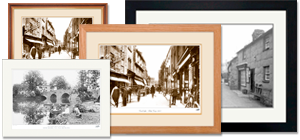
View Sizes & Prices
A Selection of Memories from Dorking
For many years now, we've been inviting visitors to our website to add their own memories to share their experiences of life as it was, prompted by the photographs in our archive. Here are some from Dorking
Sparked a Memory for you?
If this has sparked a memory, why not share it here?



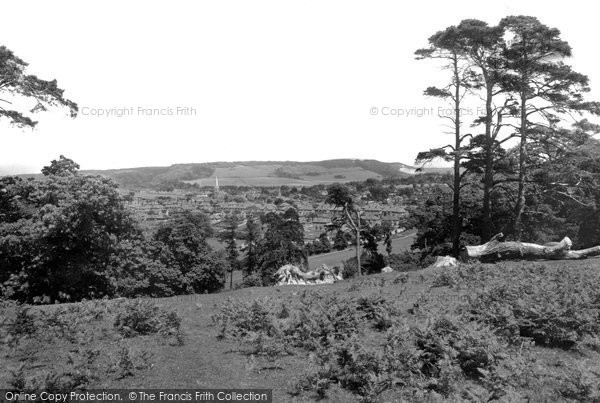
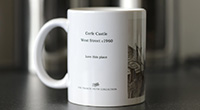
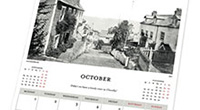
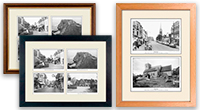

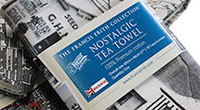

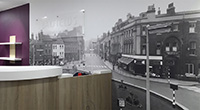

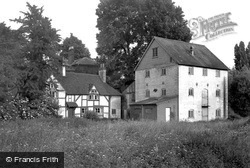
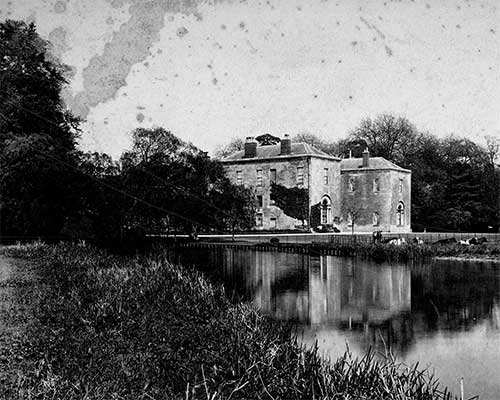 Before
Before
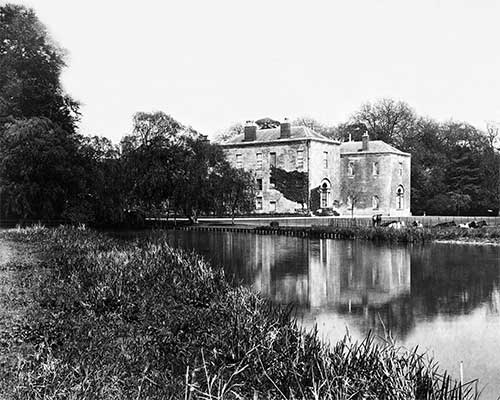 After
After